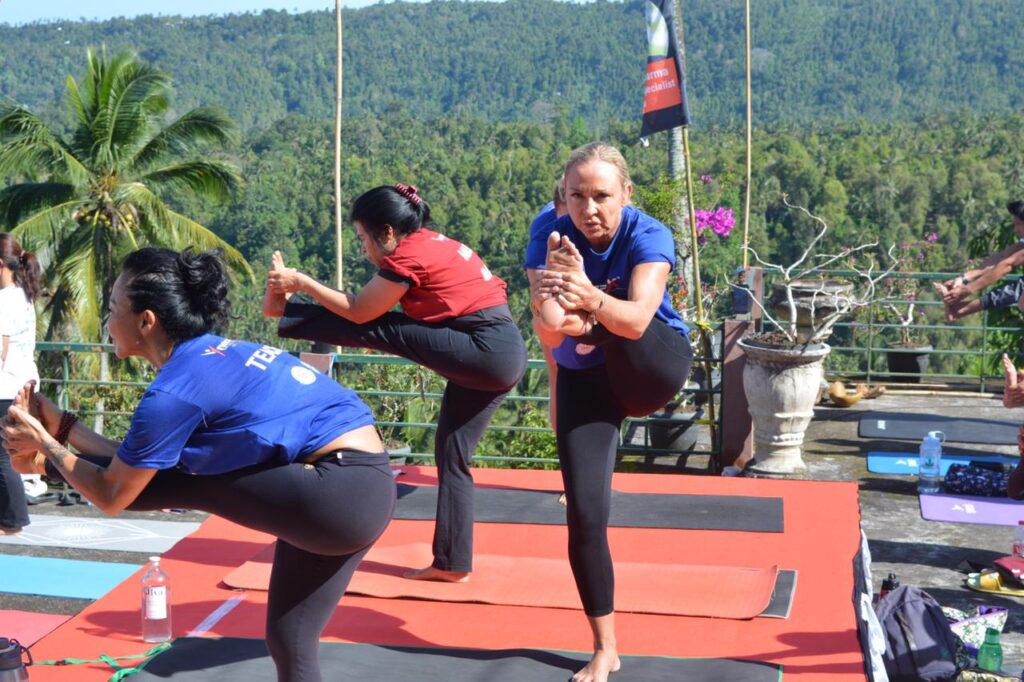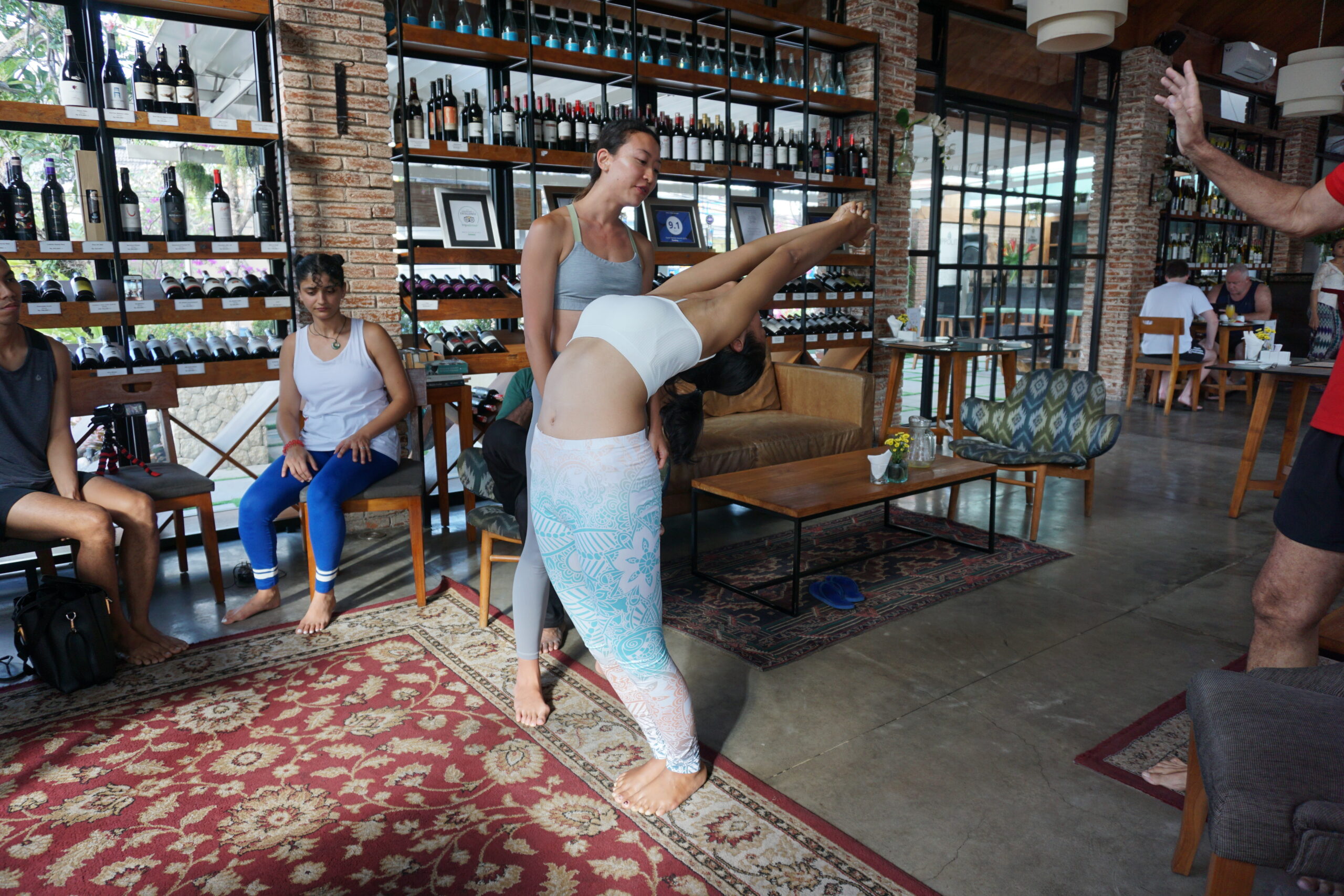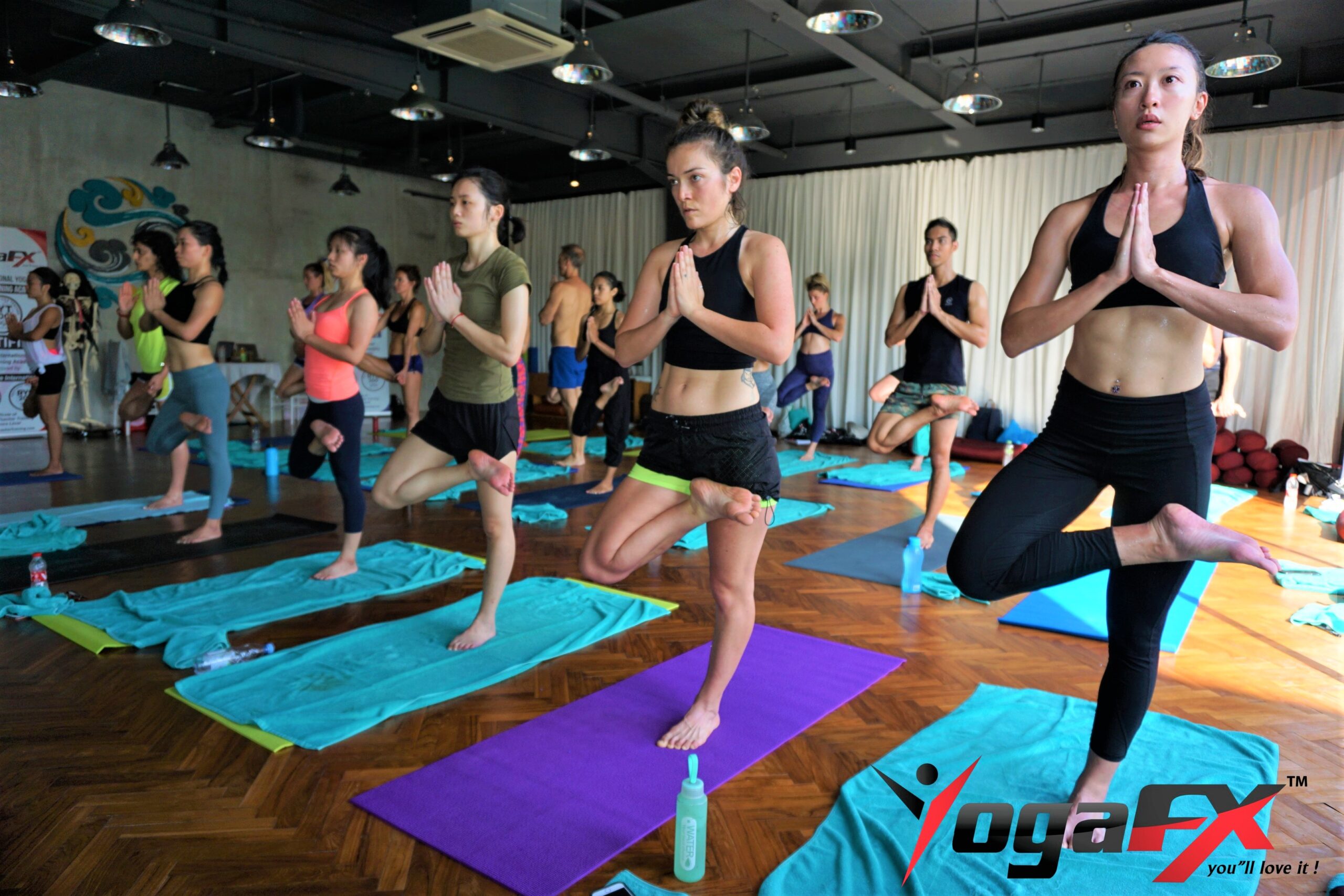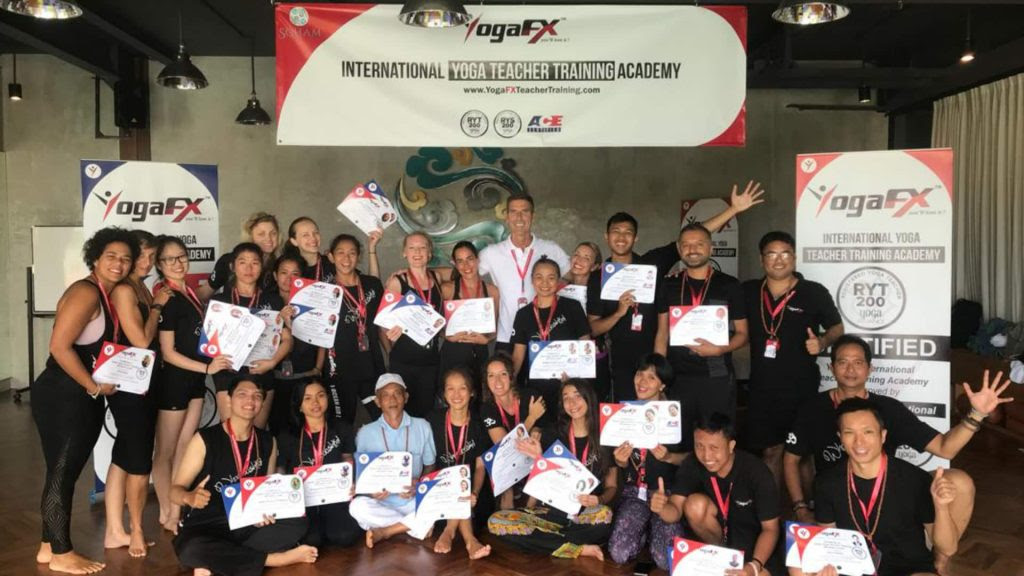Bikram Yoga, also known as hot yoga, is a popular style of yoga that involves a sequence of 26 postures and two breathing exercises. Developed by Bikram Choudhury, this dynamic practice is performed in a heated room to help detoxify the body and promote flexibility. Each posture targets different muscle groups, offering a comprehensive full-body workout. In this article, we will explore the benefits and significance of Bikram Yoga postures, providing insights and guidance to help you master this powerful practice.

Understanding Bikram Yoga: The Basics and Benefits
Bikram Yoga is practiced in a room heated to around 105 degrees Fahrenheit with 40% humidity. This controlled environment helps to warm up the muscles, increase circulation, and promote flexibility. The sequence of 26 postures and two breathing exercises is specifically designed to work every part of the body, from head to toe.
The heat in Bikram Yoga allows for deeper stretching, reduces the risk of injury, and aids in detoxification through sweating. The postures target various muscle groups, including the spine, shoulders, hips, and legs, promoting strength, balance, and endurance.
When You Make A “New you” Pain Will Dissolve Like The Wind
Breaking Down the Bikram Yoga Postures: Asanas and Benefits
1. Pranayama Breathing
Deep breathing exercises to improve lung capacity and oxygenation.
2. Half Moon Pose
Strengthens the core, improves balance, and stretches the side body.
3. Awkward Pose
Builds strength in the legs, increases flexibility in the hips, and improves posture.
4. Eagle Pose
Enhances joint mobility, strengthens the legs, and improves concentration.
5. Standing Head to Knee Pose
Develops strength and flexibility in the legs, increases focus and balance.
6. Standing Bow Pulling Pose
Stretches the shoulders, chest, and thighs, improves spinal flexibility and balance.
7. Balancing Stick Pose
Strengthens the arms, shoulders, and core, improves concentration and coordination.
8. Standing Separate Leg Stretching Pose
Stretches the hamstrings, calves, and lower back, promotes flexibility.
9. Triangle Pose
Opens the hips and shoulders, stretches the hamstrings, and improves overall body alignment.
10. Standing Separate Leg Head to Knee Pose
Stretches the spine, hamstrings, and calves, enhances focus and balance.
11. Tree Pose
Improves balance and stability, strengthens the legs, and promotes mindfulness.
12. Toe Stand Pose
Strengthens the ankles, improves balance and focus, stretches the calves and hips.
13. Savasana
Resting posture to relax the body and mind, allowing for rejuvenation and integration.
14. Wind Removing Pose
Relieves bloating and aids in digestion, stretches the hips and lower back.
15. Sit-up
Strengthens the core, improves flexibility in the spine, and enhances abdominal strength.
16. Cobra Pose
Opens the chest and shoulders, strengthens the back muscles, and improves posture.
17. Locust Pose
Strengthens the back muscles, improves posture, and enhances overall body strength.
18. Full Locust Pose
Builds strength in the legs and core, improves posture, and enhances back flexibility.
19. Bow Pose
Stretches the front body, strengthens the back muscles, and improves spinal flexibility.
20. Fixed Firm Pose
Stretches the thighs, knees, and ankles, improves digestion, and promotes relaxation.
21. Half Tortoise Pose
Releases tension in the neck and shoulders, improves flexibility, and calms the mind.
22. Camel Pose
Opens the chest and shoulders, stretches the front body, and promotes emotional release.
23. Rabbit Pose
Stretches the spine, increases flexibility in the back, and improves digestion.
24. Head to Knee Pose with Stretching Pose
Stretches the hamstrings, hips, and lower back, improves focus.
25. Spine Twisting Pose
Increases spinal mobility, improves digestion, and stimulates internal organs.
26. Blowing in Firm Pose
Cools down the body and relaxes the mind, concluding the practice.

Practicing Bikram Yoga Safely: Tips and Precautions
To practice Bikram Yoga safely, it is important to listen to your body, stay hydrated, and respect your limits. Here are some tips to keep in mind:
- Stay hydrated: Drink plenty of water before, during, and after the practice to replenish lost fluids.
- Respect your body’s limits: Be mindful of your individual capabilities and modify postures as needed.
- Use props if necessary: Props such as blocks or straps can assist in achieving proper alignment and support.
- Communicate with your instructor: Inform your instructor about any injuries or health concerns before the class.
- Take breaks when needed: It’s okay to rest or sit out certain postures if you’re feeling fatigued or experiencing discomfort.
Conclusion
Mastering the Bikram Yoga postures can be a transformative journey for both your physical and mental well-being. By incorporating these 26 postures into your regular practice, you can experience increased flexibility, strength, and mindfulness. Remember to practice with proper guidance and respect for your body’s limitations. To deepen your understanding of Bikram Yoga and enhance your teaching skills, consider enrolling in the Hot Yoga Teacher Training program offered by YogaFX. Led by experienced instructor Mr. Ian, this comprehensive training program equips you with the knowledge and expertise to share the power of Bikram Yoga with others. Embark on your journey of growth and self-discovery today!






